In an interview with SGGP reporter, Director of the Department of Planning and Investment of Ho Chi Minh City Vo Hoang Ngan emphasized the development orientation of Ho Chi Minh City according to the multi-polar - integrated - sustainable model, with a vision towards a green, smart and livable city.
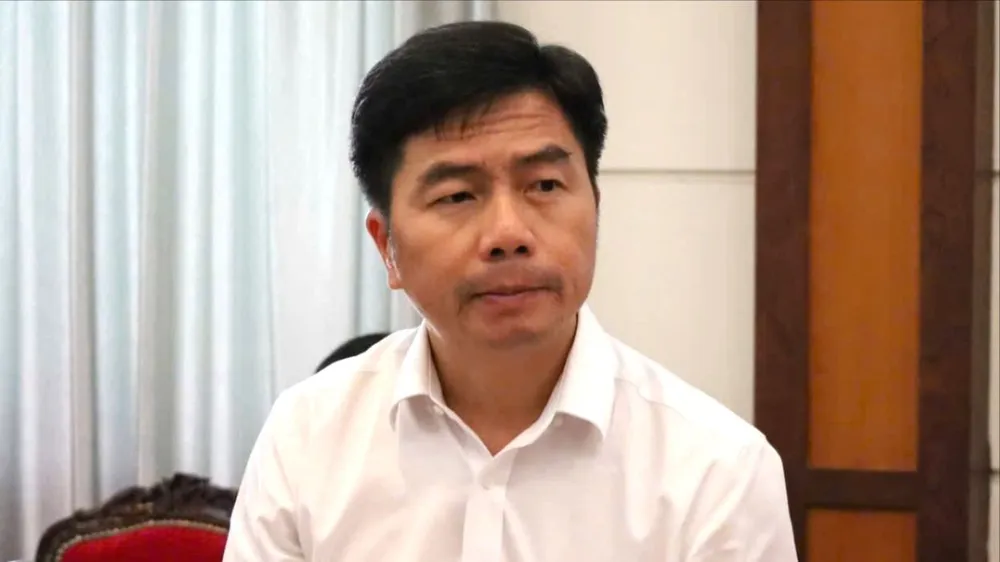
Review and adjust planning to suit reality
REPORTER: Sir, after being re-established, what key tasks will the Department of Planning and Investment of Ho Chi Minh City prioritize to meet the development requirements of the new Ho Chi Minh City?
Mr. VO HOANG NGAN: After re-establishment, the first priority of the Department of Planning and Investment is to stabilize the organization, review the entire current planning system and establish a legal and technical framework to implement the new master plan for Ho Chi Minh City. The Department has restarted the entire process of making the master plan for Ho Chi Minh City, ensuring continuity and inheritance from the effective planning projects. Adjusting the approach towards multi-sectoral integrated planning, suitable for the 2-level local government model.
Along with that, the department has announced a "guideline for urban and rural planning activities" for all 168 wards and communes to unify awareness and planning implementation processes at the grassroots level. Conduct a review of 100% of approved master plans, zoning plans, and detailed plans to identify overlaps and inadequacies in land use orientation, population size, and technical infrastructure. Advise the Ho Chi Minh City People's Committee on a plan to establish a new master plan on the basis of inheriting relevant contents, while adjusting the spatial structure of development in a multi-polar - integrated - sustainable direction, associated with the requirements for developing the expanded urban area after the merger.
The Department of Planning and Investment of Ho Chi Minh City has determined that the goal of this phase is to standardize the planning foundation so that the city can move to a new phase of planning quickly, synchronously and feasibly to meet the requirements of socio -economic development in the context of Ho Chi Minh City becoming the central urban area of the expanded Southeast region.
The Department of Planning and Investment will orient the redevelopment of existing urban areas and expansion of urban development space, associated with improving land use efficiency and optimizing technical infrastructure systems to create diverse urban spaces, maximize job provision, and aim to develop urban services that meet international standards.
Should Ho Chi Minh City propose that the Ministry of Construction provide guidance or review problematic regulations to speed up planning adjustment work, sir?
Currently, the department focuses on two key groups of solutions. Firstly , coordinate with the Ministry of Construction and central agencies to review and unify the planning - appraisal - approval process, ensuring compliance with regulations and shortening implementation time. Especially strategic projects such as the general planning of Ho Chi Minh City to 2040, vision 2060. Secondly, proactively standardize the planning database and build urban spatial information infrastructure (GIS - BIM), creating a platform for updating, appraisal and planning management to be done online, synchronized with the management systems of the Ministry of Construction. The Department is synthesizing and proposing to the People's Committee of Ho Chi Minh City a number of contents on mechanisms, authority, and decentralization in the process of reviewing Resolution 98/2025/QH15 on piloting a number of specific mechanisms and policies for the development of Ho Chi Minh City, in order to increase the initiative and flexibility for special urban areas, while ensuring unity and connectivity in the entire national planning system.
Developing green, multimodal transport connecting regions
When Ho Chi Minh City's space is expanded, besides the advantages for socio-economic development, how will the traffic issue be oriented to connect between regions?
The focus of Ho Chi Minh City will still be on developing green, multi-modal transport and urban planning associated with public transport (TOD). Specifically, Ho Chi Minh City focuses on developing green transport, prioritizing environmentally friendly forms of transport such as electric buses, metro, public bicycles, reducing greenhouse gas emissions, protecting people's health and urban landscape. At the same time, Ho Chi Minh City will organize an interconnected transport system between roads, railways, waterways, and aviation; synchronously connecting inner-city, suburban and neighboring provinces, creating maximum convenience for travel and trade.
Regarding urban planning associated with public transport (TOD), Ho Chi Minh City focuses on developing urban areas, service centers, and housing around metro lines and major transit stations, helping people easily access public transport, reduce dependence on personal vehicles, improve quality of life and land use efficiency. Our vision is to build a transport system as a dynamic framework for integrated urban space development, where transport infrastructure not only serves mobility, but also shapes the urban structure. This is to promote green growth and create a civilized and livable living environment for the people of Ho Chi Minh City - the center of the Southern economic region.
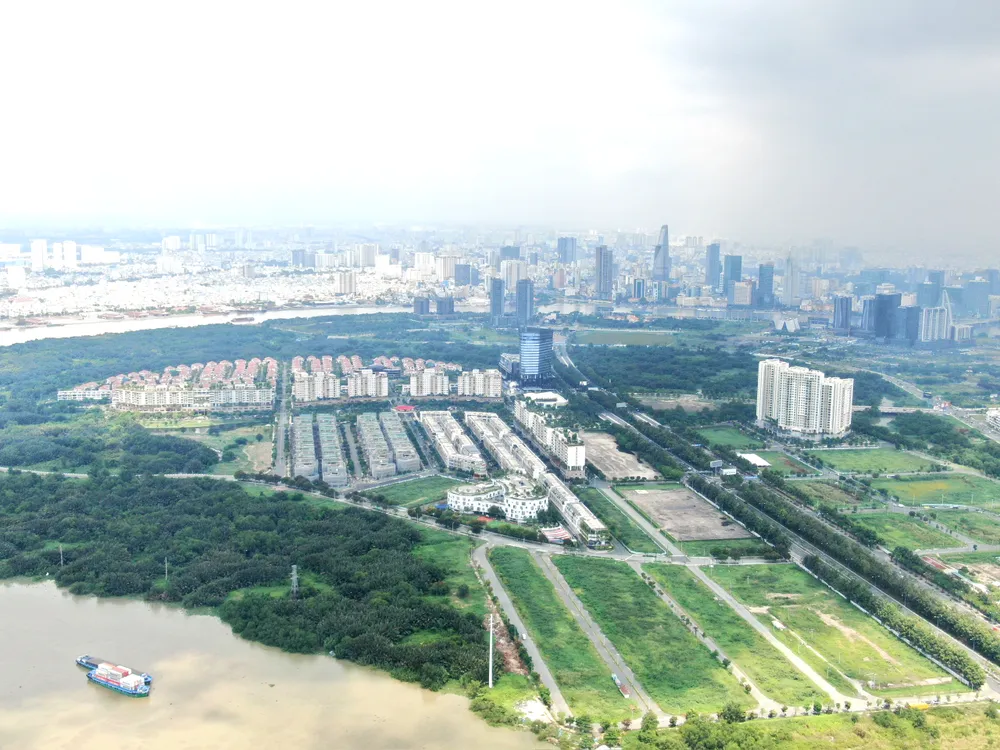
What solutions does the Department of Planning and Investment of Ho Chi Minh City propose to have planning products that are suitable for reality and meet the development of a modern "super city"?
Ho Chi Minh City aims to become an international megacity, green, smart, creative, and a financial, commercial, logistics, high-tech and sea tourism center of the region. On that basis, planning solutions must ensure implementation, closely following the needs of development management according to the 2-level local government model.
More specifically, the urban space development planning is in the direction of promoting creativity, high interaction, linked with knowledge economy and high technology, forming dynamic areas, key development areas to promote the role of regional centers, growth poles, leading breakthroughs in science and technology of the whole country. Ho Chi Minh City will restructure the development space according to multipolar - integrated - super-connected thinking; organize a new regional connection structure between Ho Chi Minh City and neighboring provinces and internationally. Next, the city will convert people's means of transportation to public transport systems such as buses, metro, LRT, waterways... The development of urban space according to the TOD public transport orientation and dynamic development areas according to the "Three corridors - Five pillars" orientation. The planning will enhance the capacity of technical infrastructure hubs such as power supply network, water supply and drainage, water treatment, waste treatment, cemeteries, river ports, sea ports, static traffic network... evenly for all 3 areas.
Source: https://www.sggp.org.vn/tai-lap-so-quy-hoach-kien-truc-tphcm-dinh-hinh-khong-giant-phat-trien-cho-sieu-do-thi-post817445.html


![[Photo] Opening of the World Cultural Festival in Hanoi](https://vphoto.vietnam.vn/thumb/1200x675/vietnam/resource/IMAGE/2025/10/10/1760113426728_ndo_br_lehoi-khaimac-jpg.webp)



![[Photo] General Secretary attends the parade to celebrate the 80th anniversary of the founding of the Korean Workers' Party](https://vphoto.vietnam.vn/thumb/1200x675/vietnam/resource/IMAGE/2025/10/11/1760150039564_vna-potal-tong-bi-thu-du-le-duyet-binh-ky-niem-80-nam-thanh-lap-dang-lao-dong-trieu-tien-8331994-jpg.webp)
![[Photo] Ho Chi Minh City is brilliant with flags and flowers on the eve of the 1st Party Congress, term 2025-2030](https://vphoto.vietnam.vn/thumb/1200x675/vietnam/resource/IMAGE/2025/10/10/1760102923219_ndo_br_thiet-ke-chua-co-ten-43-png.webp)
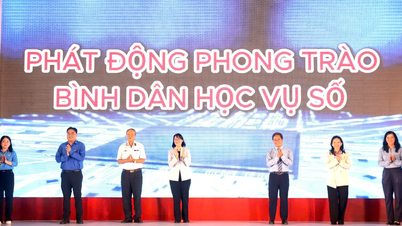
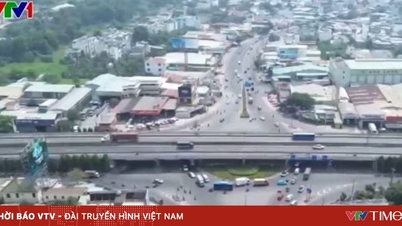

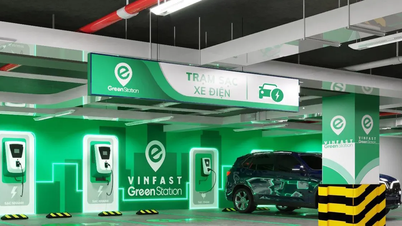
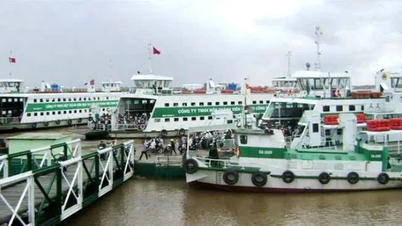
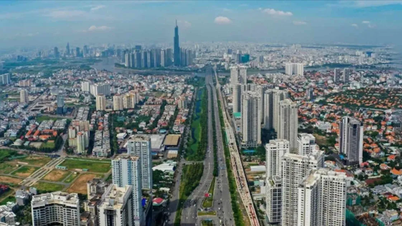


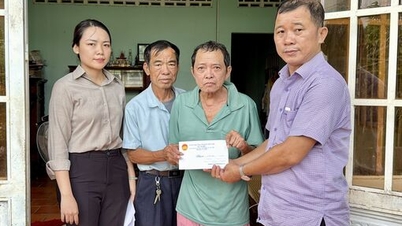



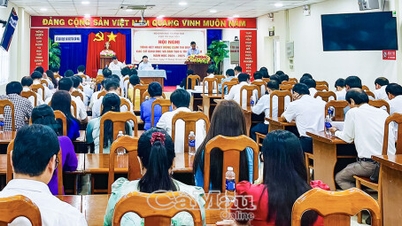



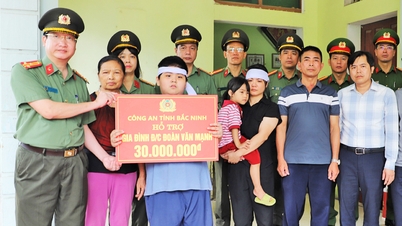

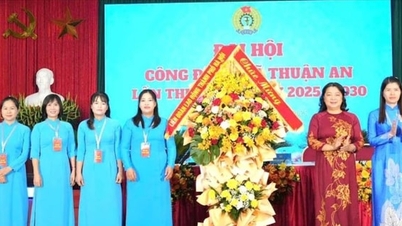













































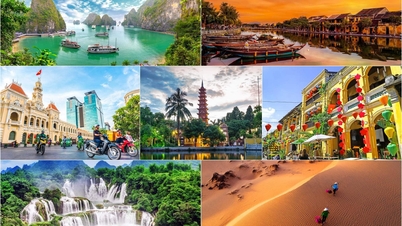







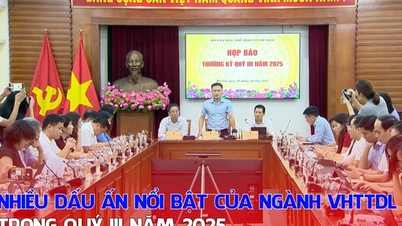

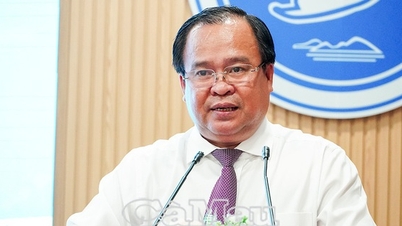

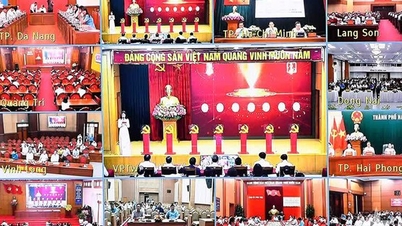

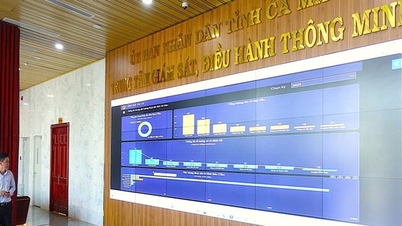


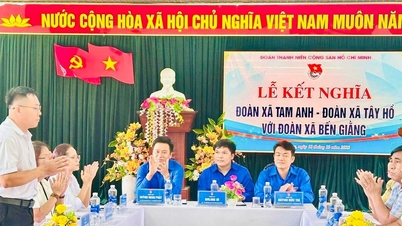
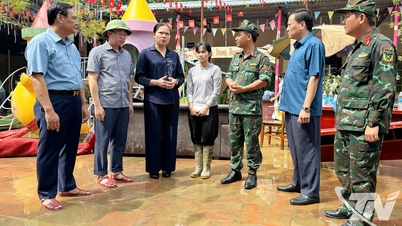

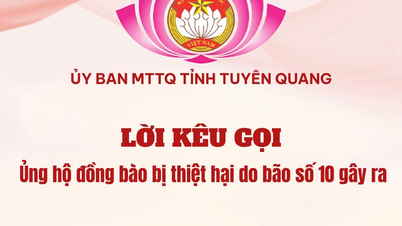

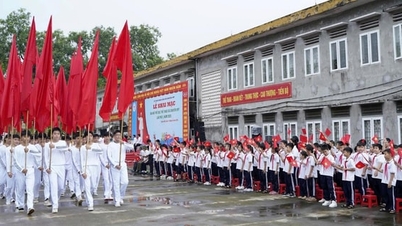














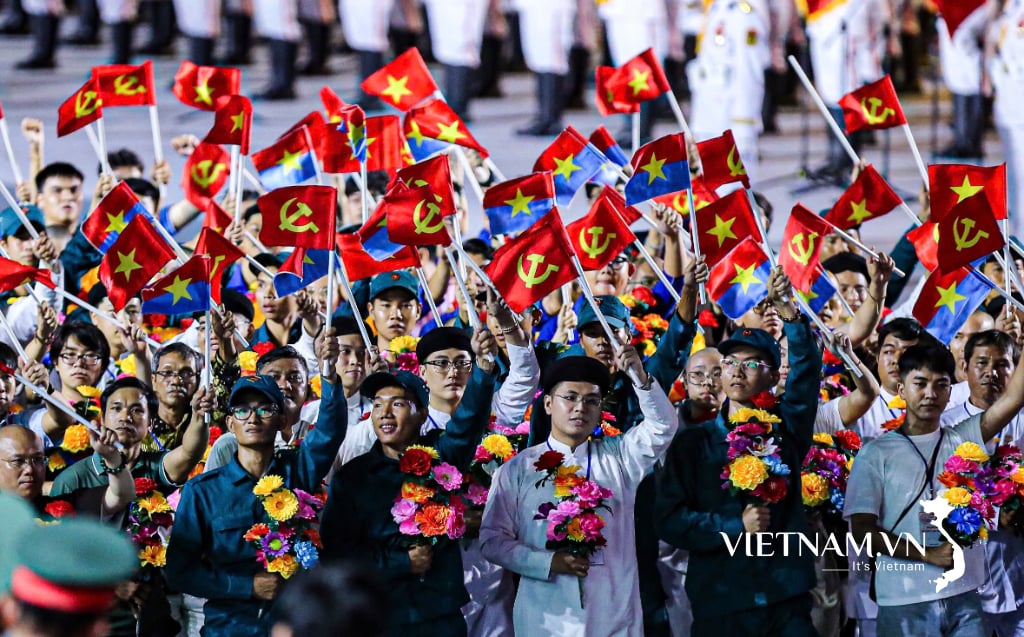

Comment (0)